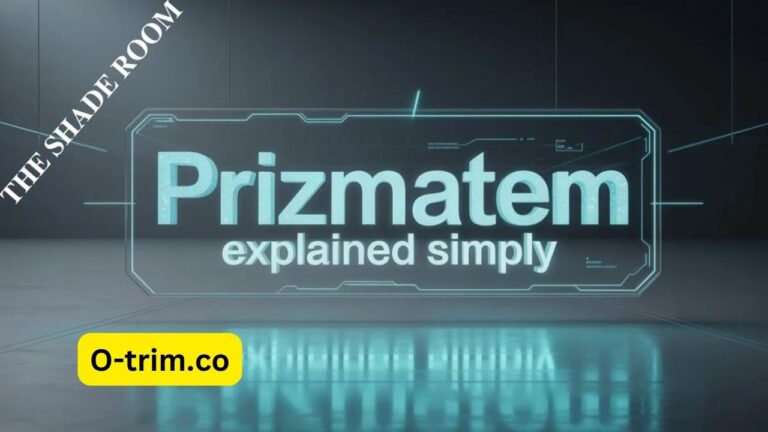Tipping Screen: An Essential Equipment
The tipping screen is an indispensable component in many industrial and agricultural processes. Often overlooked, it plays a crucial role in separating and sorting materials efficiently.
What is a Tipping Screen?
A tipping screen is a mechanical device used to sort or separate materials by allowing smaller particles to fall through screen openings while larger materials stay on top. These screens are typically mounted on a frame that can tilt or “tip,” aiding in the movement and classification of materials. They are essential in industries where processing bulk materials is a routine part of operations.
The tipping motion can be manual or automated, and the screen mesh can vary depending on the size of the particles being separated. Designed for durability and efficiency, tipping screens are customizable to handle various types of material loads.
How a Tipping Screen Works
The operation of a tipping screen is simple yet effective. Materials are fed onto the screen surface, and the tilting mechanism helps move the material across the screen. The tipping action can be controlled based on the type of material and desired output quality.
Types of Tipping Screens
There are various types of tipping screens, each designed for specific tasks and industries:
. Static Tipping Screens
These are basic screens with a fixed frame that relies on gravity and manual tipping.
. Vibrating Tipping Screens
These include a vibrating mechanism that enhances the screening process by shaking the material, promoting faster separation.
They are ideal for construction and demolition applications where mobility is critical.
. Rotary Tipping Screens
These feature a rotating drum or cylinder that screens materials as it spins.
Applications of Tipping Screens
Agriculture
Farmers use tipping screens to sort grains, seeds, and soil. Removing debris and foreign materials from agricultural produce helps improve product quality and meet market standards.
Waste Management and Recycling
. This speeds up recycling processes and improves efficiency.
Mining and Quarrying
In the mining industry, tipping screens help separate ore from unwanted rock and dirt. This process is vital for extracting pure minerals and reducing processing costs.
Benefits of Using a Tipping Screen
There are several advantages to incorporating a tipping screen into your workflow:
. Improved Efficiency
By automatically separating materials, tipping screens reduce manual labor, leading to faster processing times and increased throughput.
. Versatility
These screens can handle a wide range of materials—from fine sand to bulky debris—making them suitable for various industries.
. Capacity Requirements
Choose a tipping screen that can handle the volume of material you process daily. Overloading a screen can lead to reduced efficiency and increased wear.
. Screen Size and Mesh
The size of the openings in the screen determines what gets filtered through. Make sure the mesh size matches your material specification.
. Durability and Maintenance
Industrial operations demand equipment that can withstand wear and tear. Look for a tipping screen made from high-quality materials that are easy to maintain.
Maintenance Tips for Tipping Screens
To ensure the longevity and efficiency of your regular maintenance is essential:
-
Inspect screen mesh regularly for damage or clogging.
-
Lubricate moving parts to prevent mechanical failure.
-
Clean after each use to prevent material buildup.
-
Tighten bolts and fasteners to maintain structural integrity.
-
Replace worn-out components promptly to avoid costly downtime.
Future Trends in Tipping Screen Technology
Some emerging trends include:
-
Eco-friendly designs that consume less power and reduce environmental impact.
-
Integrated AI systems that optimize sorting algorithms based on real-time data.






